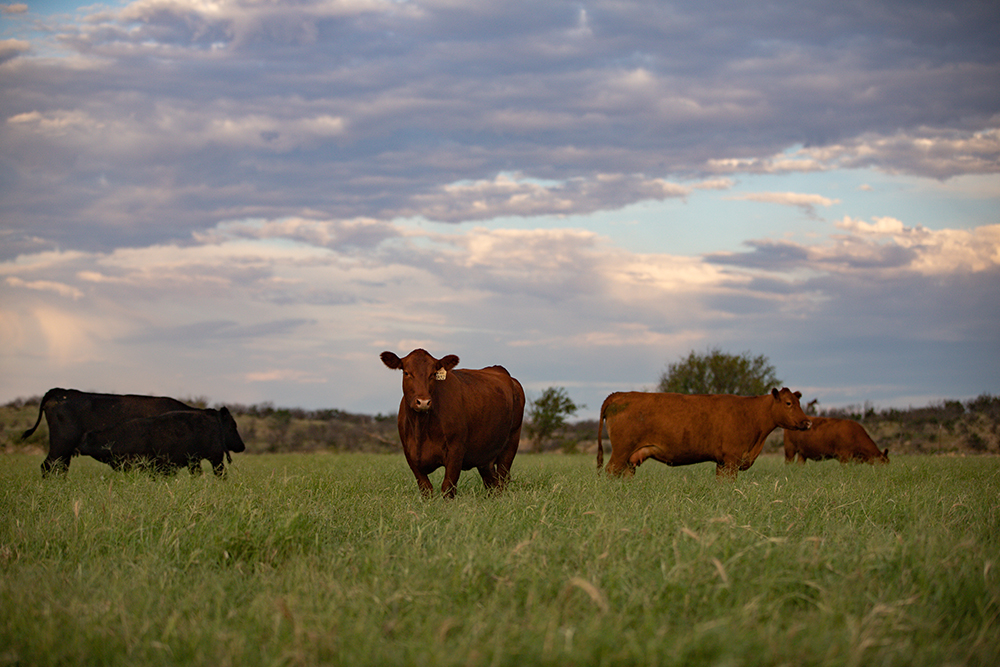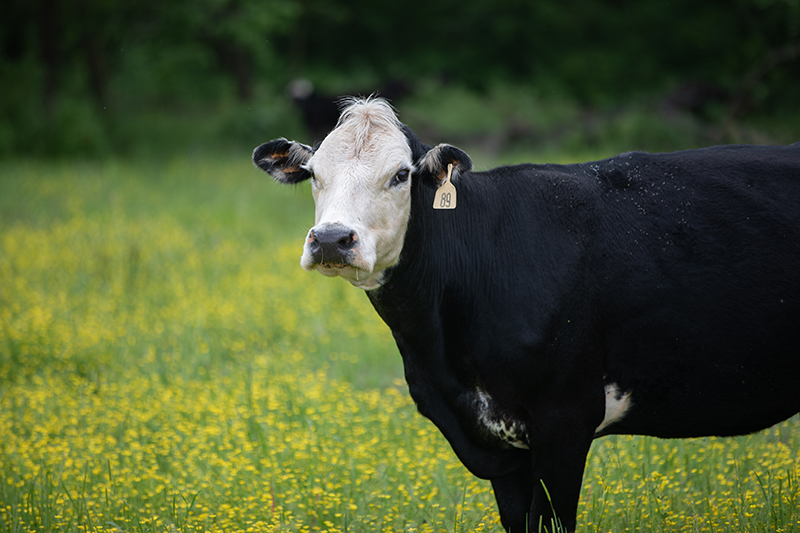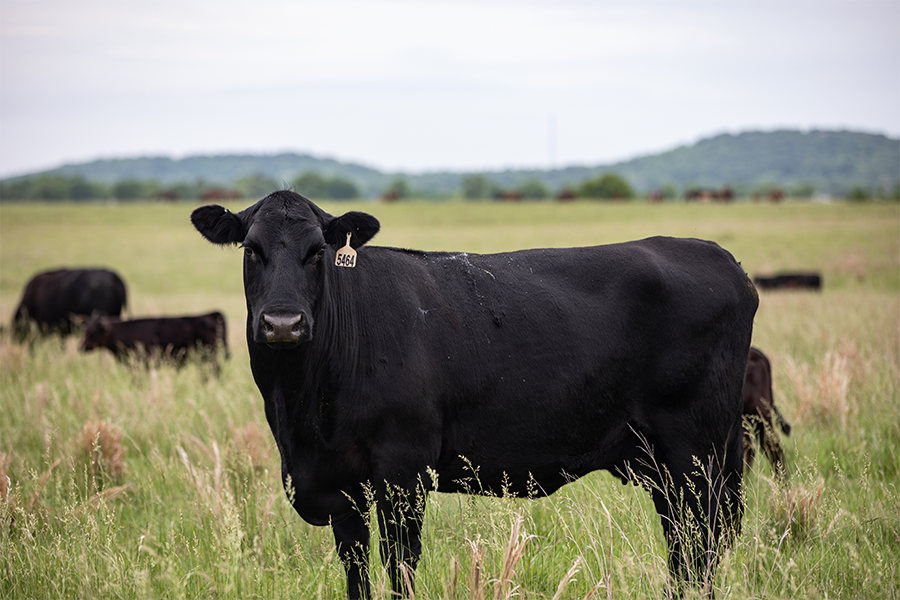
Over the course of several years, the livestock industry has explored the potential of garlic as a solution for managing horn flies. Evaluations conducted by Central Life Sciences in Louisiana revealed limited suppression of horn flies when garlic was utilized, in comparison to untreated cattle, during a 14-week study period. Since that study, Central Life Sciences has conducted further research and analysis around garlic to continue to show the inconsistencies garlic has shown in treating against horn flies, as seen in our newest study conducted at NC State University.
Horn flies pose a significant economic threat to pastured cattle in North America, resulting in annual losses of over a billion dollars to the US cattle industry in the form of lost productivity and cost of control measures. With populations reaching thousands per animal during the warmer months, horn flies become a major source of stress, leading to blood loss, decreased milk production, reduced weight gain, lower weaning weights, and the transfer of diseases among cattle. The economic threshold for horn flies is 200 per animal, as populations exceeding this level cause economic damage to cattle operations.
For several years, garlic has been discussed and evaluated as a potential method for controlling horn flies in the livestock industry. However, only some studies have demonstrated garlic's effectiveness in this regard. Previous evaluations in Louisiana by Central Life Sciences showed minimal suppression of horn flies when using garlic compared to untreated cattle over a 14-week period.
To further test the efficacy of garlic as a horn fly control measure in pastured cattle, a 13-week study was conducted using two similarly managed black Angus herds in North Carolina. The cattle were divided into two groups: the "treated" group consisting of thirty head of cattle, provided with free-choice mineral containing garlic, and the "untreated" group consisting of twenty-one head, provided with the same free-choice mineral without garlic. Both groups received their respective mineral on day 0, with a target consumption rate of 4 oz per head per day. Horn fly populations and mineral consumption were recorded weekly throughout the study.
The treated group initially had horn fly populations exceeding the economic threshold of 200 flies per animal or 100 flies per side, and these populations remained above the threshold until the final week of the study. The untreated group exhibited a typical population distribution, increasing throughout July, peaking at the end of August, and declining for the rest of the study. The treated horn fly population remained higher than the untreated group, except during the last two weeks of August. (Refer to the chart below for more details.)
Both the treated and untreated cattle consistently consumed the mineral throughout the trial. The treated group averaged 4.13 oz per head per day, while the untreated group averaged 3.98 oz per head per day, which closely aligned with the labeled rate.
The findings of this study indicate that garlic was ineffective in controlling horn flies in the treated herd. In fact, cattle receiving the garlic mineral had a higher number of horn flies on them throughout most of the study than cattle receiving the untreated mineral supplement. In the end, the cattle using garlic never fell below the horn fly economic threshold of 100 horn flies per side of the animal.



